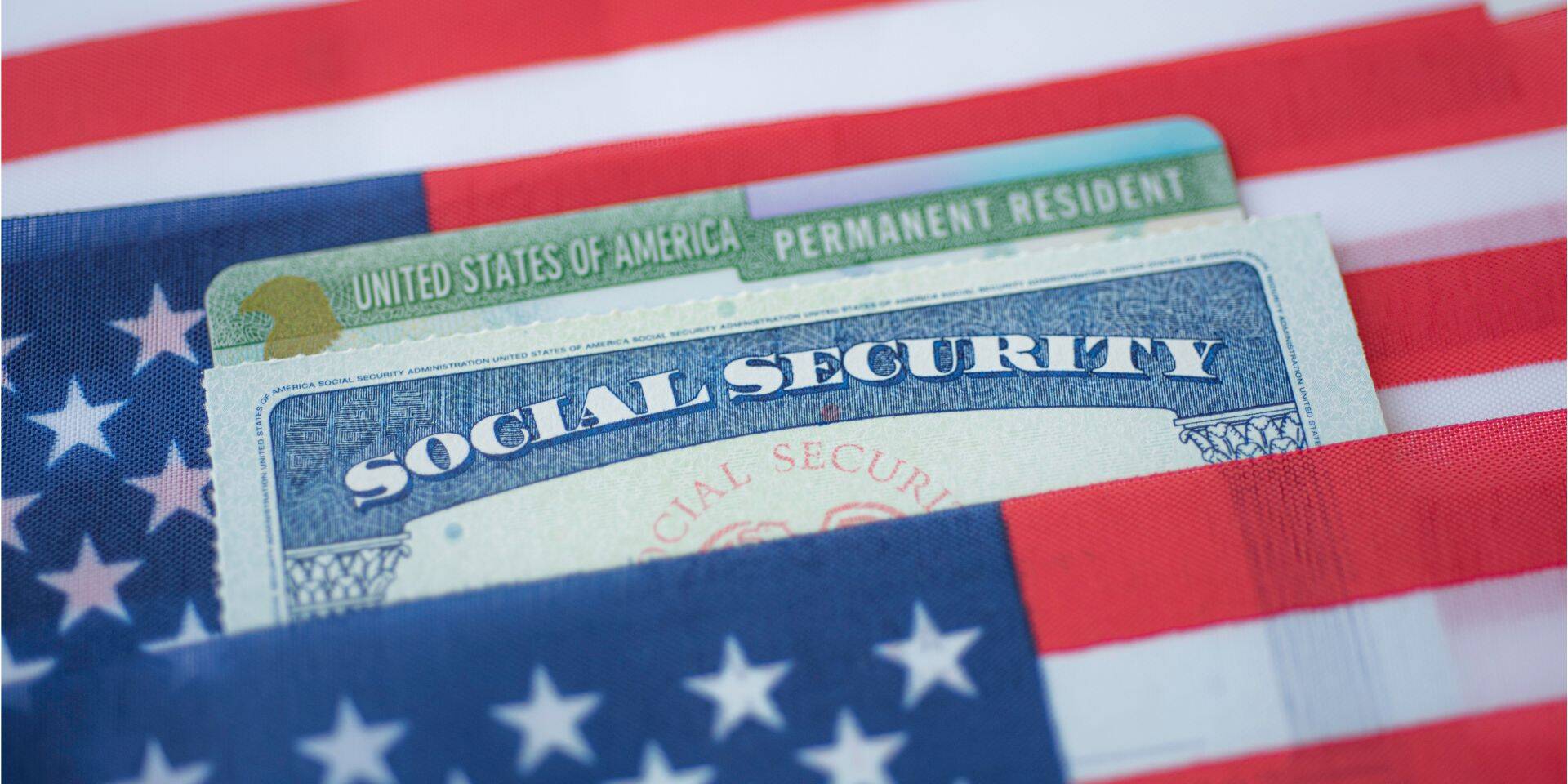As we draw closer to October 1, the start date for H-1B FY2023 cap petitions, there are several important considerations to bear in mind. First, if your petition is still pending and has not been adjudicated to a final decision, you may want to consider expediting the process. While it remains pending, it is important you are aware of work authorization and travel considerations that could affect your status. Next, if you requested a change of status and it was approved, that change of status will be automatic as of October 1, which means you must prepare accordingly. Finally, if there have been any changes to the terms and conditions of the H-1B when it was initially filed, you must make sure to notify USCIS by October 1, when those terms and conditions take effect. This entails filing an amendment, which must be filed and received by USCIS before you can work pursuant to those changes.
This article provides a detailed look at these considerations, to ensure complete compliance with all relevant immigration laws and provides helpful insights depending on your individual situation.
Considerations If H-1B Not Yet Approved
First and foremost, if your H-1B is not yet approved, you should consider upgrading to premium processing. This year, USCIS selected a record number of cases in the first round, selecting 127,600 cases for the 85,000 H-1B FY2023 visas available (65,000 regular cap and 20,000 master’s cap). Because USCIS selected 42,600 more registrations than it has available visas, it is safe to say USCIS will run out of visas as the H-1B season continues. As time goes on, we anticipate higher levels of scrutiny from USCIS, more complex RFEs, and increased denial rates. As such, if possible, we highly recommend upgrading to premium processing to ensure approval while there are still available H-1B visa numbers.
The other thing to bear in mind is that the cap gap work authorization ends on September 30. This means that if you have been working pursuant to the cap gap, you must stop working on October 1 if your H-1B has not yet been approved. While you can remain in the U.S. based on the pending H-1B petition, you cannot work after September 30. Because cap gap authorization is ending, we anticipate many people will begin upgrading their petitions to premium processing so they can resume working, meaning the available H-1B FY2023 visa numbers will begin to go faster. This is another reason we are recommending premium processing upgrades at this time.
If you upgrade and receive an RFE (which is becoming more likely), we advise replying as soon as possible. Having an RFE issued on your case does not reserve an H-1B approval for you. In other words, USCIS taking some kind of action on your case doesn’t hold your spot in line, so to speak. If you take the full 84-87 days to reply to the RFE (plus the additional 60-day grace period, if eligible), by the time USCIS receives the response, there may not be many H-1B FY2023 visas left. In that event, denial becomes more likely. USCIS has begun issuing more complex RFEs, particularly regarding specialty occupations, which gives them wide discretion to approve or deny the petition. If you get an RFE, respond quickly with the strongest documentation available, to ensure approval. If you don’t have one already, we recommend working with an experienced immigration attorney at the RFE stage.
You can read more about current trends and what we expect to see as the H-1B season progresses here.
Considerations If H-1B Requested Automatic Change of Status
If you filed an H-1B petition requesting a change of status and it is not yet approved, it is important to remain in the U.S. and refrain from traveling outside the U.S. until your H-1B is approved. If you step out before you get the decision, any approval will come without I-94 as the change of status request will be abandoned by your travel. With the upcoming holidays, it is understandable travel might be harder to avoid. If you absolutely must travel outside the U.S., consider upgrading your petition to premium to get the approval notice before you depart. Otherwise, you must plan on attending visa stamping before you can change your status to H-1B. This means either remaining outside the U.S. until you get the decision and attending visa stamping before you return to the U.S. or returning to your existing status and stepping out again for H-1B stamping at a later date.
If you requested a change of status with your H-1B FY2023 petition and the petition was approved with an I-94, the change of status will be automatic on October 1. In some situations, the H-1B beneficiary may decide they want to remain in their current status for the time being and change to H-1B later. While this is not the easiest thing to do, it is possible through strategic travel in some circumstances.
If you want to continue staying in the U.S. on your previous status, this can be accomplished by traveling outside the U.S. on October 2 and reentering using your previous visa and approval notice, if both remain valid. This will allow you to be “counted” against the H-1B FY2023 cap on October 1, since you are not counted until you receive an H-1B visa abroad or your status changes automatically through an approval with I-94. As long as you allow the automatic change of status to occur on October 1, a cap-exempt petition will be possible for you later without needing to file in another lottery. After you step out on October 2 and reenter with your previous visa and approval, you can remain in the U.S. on that status until you are ready to begin your H-1B period. To eventually change your status back to H-1B, you would either file a cap-exempt petition requesting a change of status from within the U.S. or you would need to travel out to attend H-1B visa stamping before re-entering with your existing H-1B approval.
Please note that while this will work for someone currently in the U.S. on L-1 or H-4, this is not a good option for those who hold F-1 status and wants to continue working on OPT. When an H-1B is approved with an automatic change of status, the F-1 student’s SEVIS record is terminated. The only way to reinstate the SEVIS would be to file an H-1B withdrawal before October 1 and then have the school request a data fix to reinstate the SEVIS. Because this would require withdrawing the H-1B before the automatic change of status takes place, you would not be considered “counted” against the cap and, therefore, you would need to file in another lottery before you could change your status to H-1B in the future.
Finally, if you requested an automatic change of status with your H-1B petition but did not file H-4 applications for your dependents who are in the U.S. in another status (F-2, L-2, etc.), it is very important you file the H-4 applications before October 1. Otherwise, when your status automatically changes to H-1B, your dependents will be out of status.
Considerations If H-1B Approved, But Changes to Terms and Conditions
If you filed an H-1B petition with a change of status, but there have been any material changes to the terms and conditions of your employment (work location changes, end client changes, title changes, etc.), it is very important you file an amendment with USCIS by October 1, the day your H-1B status begins. Otherwise, you cannot work until the amendment is filed. You are not authorized to work pursuant to the new terms until the amendment is filed with USCIS.
If you filed an H-1B FY2023 petition for consular processing, but there have been any material changes to the terms and conditions of your employment, you will likewise need to file an amendment before you can attend visa stamping. You cannot attend visa stamping and present the previous petition details if they have changed. If you attend stamping with the old project documents, it will be considered a material misrepresentation and the visa will be denied. This could further prevent you from obtaining a visa in the future. As such, if there are any changes, file an amendment petition requesting consular processing and attend stamping with that approval instead.
Conclusion
As October 1 draws closer, it is very important to remain diligent about all immigration, employment, and travel considerations based on your individual situation. You should be mindful of the current H-1B landscape and plan accordingly, whether that is upgrading to premium processing or responding to an RFE you have already been issued, to ensure the best chance of approval. Keep in mind that everyone’s situation is different, so make sure to consult with an experienced immigration attorney regarding your specific case before taking any action.
If you need help navigating the next steps for your H-1B FY2023 case or any other immigration-related issue, please reach out to an ILBSG attorney today. We are here to help.
Related Posts
April 17, 2025
Expanded DHS and FBI Involvement Driving More Green Card Holder Removals
The expansion of DHS, USCIS, and FBI…
April 17, 2025
F-1 Students Anticipate Visa Cancellations and Removals
F-1 visa cancellations have raised…
April 17, 2025
H-1B Holders Face Layoffs Along with Possibility of Removal
H-1B holders are facing mounting…



